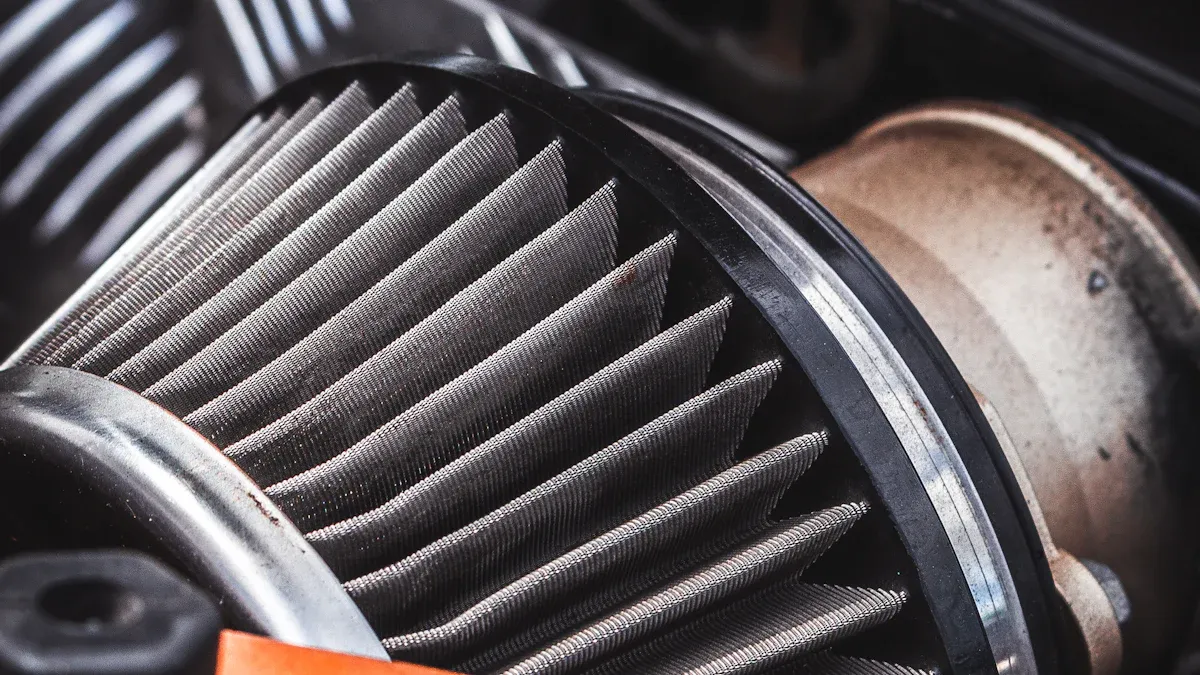In the vast landscape of automotive ownership, one question often looms large for potential buyers and seasoned drivers alike: Which car has the most maintenance problems? The answer to this inquiry is nuanced, influenced by numerous factors ranging from make and model to year of manufacture, driving conditions, and even individual maintenance practices. This blog post delves into the complexities of identifying vehicles prone to maintenance issues, offering a comprehensive analysis that goes beyond superficial stereotypes.
The Importance of Context
Before diving into specific models, it's crucial to acknowledge that no single car can be universally labeled as the most problematic. Maintenance issues are often tied to specific production runs, design flaws, or even regional variations in driving habits and climate. Therefore, our approach will be to explore common trends, analyze consumer reports, and provide actionable insights for car buyers and owners.
Reliability Indices and Consumer Reports
One of the most reliable sources for understanding vehicle maintenance issues is through consumer surveys and reliability indices. Organizations like J.D. Power and Consumer Reports conduct annual studies that rank vehicles based on owner-reported problems, including those related to maintenance. These studies consider factors like the frequency and severity of issues, as well as the cost of repairs.
While no specific model consistently tops the list of most problematic, certain brands or model lines have historically faced recurring challenges. For instance, certain luxury brands with complex electronics and advanced features may be more prone to software glitches or expensive repairs. On the other hand, older models with simpler designs might be more durable but may suffer from age-related wear and tear.
Common Maintenance Issues Across Models
When examining vehicles with maintenance headaches, several recurring issues emerge:
- Engine and Transmission Problems: These are among the most costly and disruptive issues, often requiring extensive repairs or even replacements. Some models have been known for engine defects that lead to premature failure.
- Electrical System Malfunctions: Modern cars rely heavily on electronics, and faults in the electrical system can cause everything from minor annoyances to complete vehicle shutdowns.
- Suspension and Braking Issues: Problems with these systems can compromise safety and handling, necessitating prompt attention.
- Cooling System Failures: Leaks, clogs, or faulty components in the cooling system can lead to overheating and engine damage.
Case Study: Identifying Trends
To illustrate, let's consider a hypothetical scenario where a particular model year of a popular compact SUV consistently appears in reliability surveys with high maintenance complaint rates. Upon further investigation, it becomes clear that a specific batch of engines produced during that year was prone to a known defect, resulting in increased repairs and customer dissatisfaction.
In such cases, it's essential to research not just the model but also the specific year and any known recalls or service bulletins. This information is readily available on the manufacturer's website, the National Highway Traffic Safety Administration (NHTSA) database, and consumer review sites.
Mitigating Maintenance Risks
For those seeking to minimize the risk of encountering maintenance issues, here are some practical strategies:
- Thorough Research: Before purchasing, research the model's reliability history, paying close attention to recent years and common problems.
- Extended Warranties: Consider investing in an extended warranty, especially for newer models or those with a history of costly repairs.
- Regular Maintenance: Adhering to the manufacturer's recommended maintenance schedule can help prevent many issues before they become severe.
- DIY Skills: Developing basic mechanical skills can save money on routine maintenance and allow for earlier detection of potential problems.
Conclusion
Determining which car has the most maintenance problems is a complex endeavor that requires a nuanced understanding of reliability data, consumer reports, and individual vehicle histories. While no single model can be universally labeled as problematic, staying informed and proactive can help mitigate the risks associated with car ownership. By conducting thorough research, investing in extended warranties, and maintaining a regular maintenance schedule, drivers can enjoy their vehicles with greater peace of mind.




